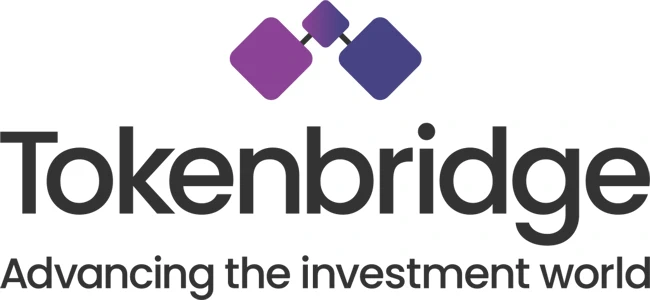Guides
What is blockchain?
Introduction
A blockchain is a distributed digital ledger where transaction information is stored in sequential blocks that are cryptographically chained together. The transaction information is immutable but is readable to any entity that has access to the blockchain.
How does blockchain work?
How each blockchain generates these blocks depends on its architecture. In general terms though, this is how it is done:
- The blockchain network either choses or incentivises a computer, called a node, to validate transactions waiting to be included in the next block of the blockchain.
- This node selects a group of unconfirmed transactions and applies a set of validation rules to each transaction in turn, this is known as the consensus mechanism. While these rules can vary between blockchains, they all involve applying a cryptographic algorithm to confirm the authenticity of a transaction. All nodes know the consensus mechanism, ensuring that any node chosen to validate a transaction will always generate the same result or any incentivised node has the ability to solve the cryptographic problem.
- After the original node validates a number of transactions, it notifies the other nodes on the network.
- Each node then confirms the original node’s result using the consensus mechanism.
- Once the rest of the network agrees, the block is added to the blockchain.
- This validation process generates a unique cryptographic hash value which is then used to validate the transactions in the next block.
This linking of blocks through the hash forms the chain hence the name blockchain. The network repeats this process for each new block.
